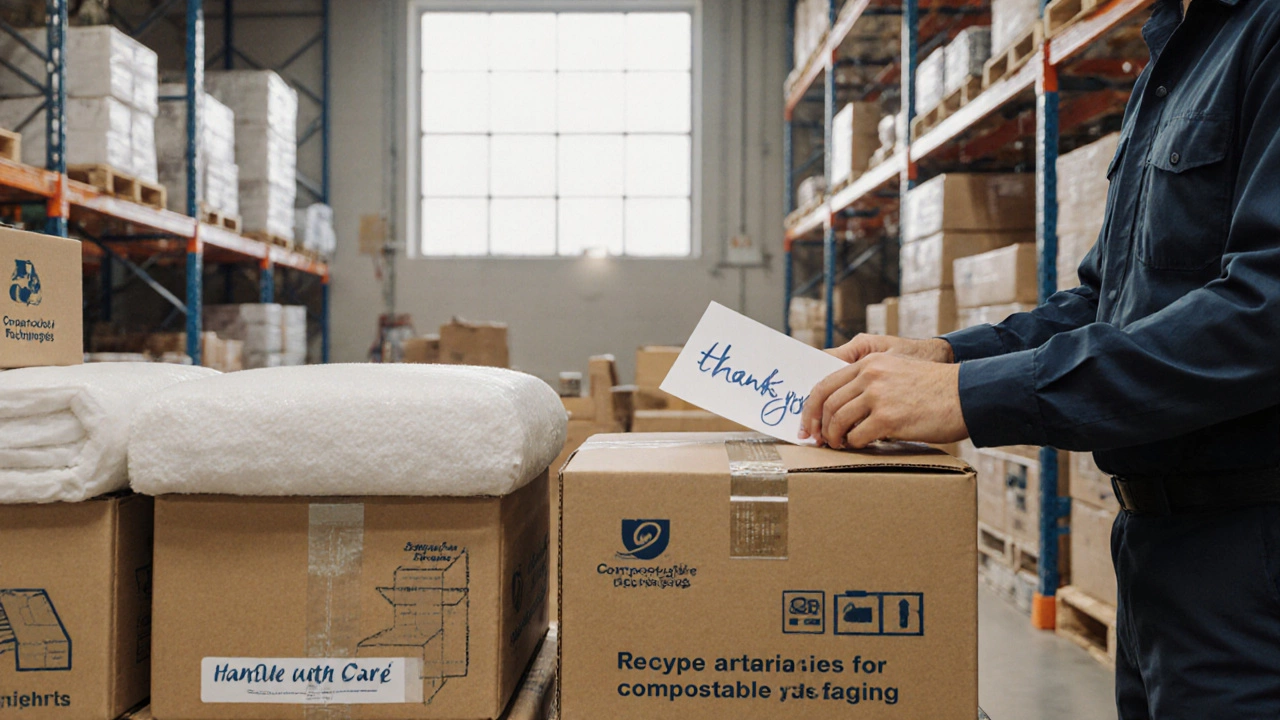Supply Chain Elements: What Makes Them Work and How They Affect Your Home Delivery
When you order a couch, a rug, or even a new showerhead online, you’re not just buying a product—you’re riding a chain of moving parts called the supply chain elements, the interconnected steps that move goods from manufacturers to your front door. Also known as logistics network, it’s what makes sure your order doesn’t get lost in a warehouse somewhere. These elements aren’t magic. They’re real people, real systems, and real decisions—like whether a warehouse uses SAP EWM or a simpler tool, or if a courier handles the last mile or outsources it.
At the core are a few key pieces: inventory control, how much stock is kept, where, and when it’s moved; distribution networks, the routes and hubs that carry goods across cities and countries; and warehouse management, the systems that track every box from receipt to shipment. These aren’t just corporate buzzwords. They’re why your storage unit feels full but you still can’t find your holiday decorations, or why your new couch arrives two weeks late after a holiday sale. Companies like Prologis, the world’s largest warehouse operator, manage thousands of these hubs. Meanwhile, SAP EWM and other warehouse systems decide which shelf your item sits on—and how fast it gets packed.
It’s not just about moving stuff. It’s about timing, cost, and space. If inventory control is off, you get overstocked warehouses or empty shelves. If distribution networks are poorly planned, your package sits in a sorting center for days. And if warehouse management doesn’t track items properly, your order vanishes. That’s why posts here cover everything from how much a warehouse supervisor earns to whether SAP is the right tool for your business. You’ll find out why white cabinets are still popular—not because of trends, but because storage design affects how we live. You’ll see how shedding rugs, couch fabrics, and bathroom remodels tie back to supply chains too. Every product you buy has a story written in logistics, labor, and lead times.
What you’ll find below isn’t just a list of articles. It’s a map of the invisible system behind your home. Whether you’re wondering if paying for storage is worth it, when to buy a new couch, or what makes one warehouse company bigger than another, the answers live in the supply chain elements. No jargon. No fluff. Just real connections between what you buy and how it gets to you.
Learn the 4 P's of logistics-Product, Place, Price, and Promotion-and how e-commerce sellers can use them to cut costs, speed up delivery, and boost customer loyalty.
Nov, 20 2025
